Home>Furniture & Design>Bathroom Accessories>What Is A Plunger For
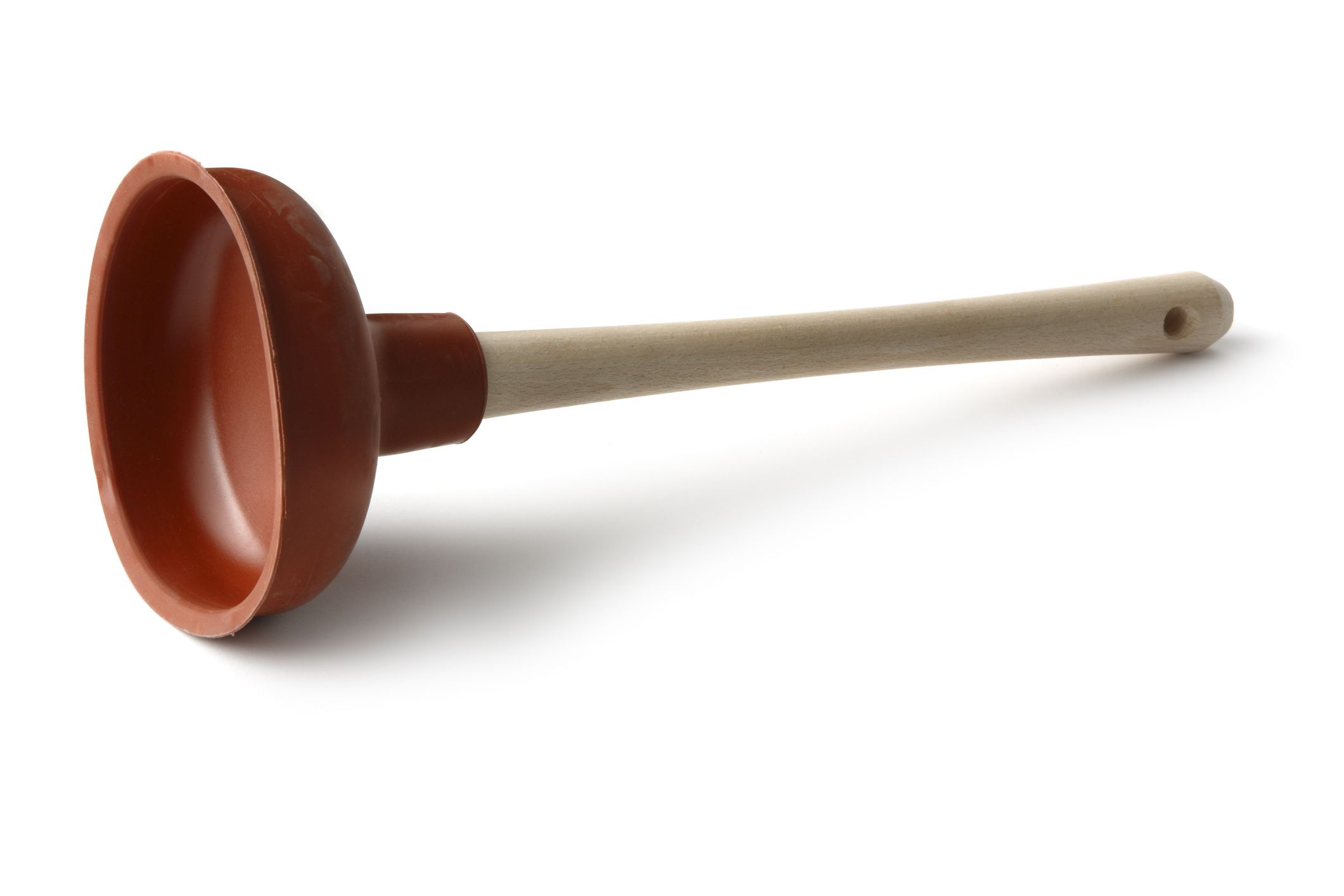

Bathroom Accessories
What Is A Plunger For
Modified: May 6, 2024
Discover the essential role of a plunger in your bathroom. Learn how this bathroom accessory can help you tackle common plumbing issues effectively. Explore more bathroom accessories and tips.
(Many of the links in this article redirect to a specific reviewed product. Your purchase of these products through affiliate links helps to generate commission for Storables.com, at no extra cost. Learn more)
Introduction
When it comes to essential household tools, the plunger undoubtedly holds a top spot. This humble yet indispensable tool is a savior in times of plumbing emergencies, making it a must-have for every home. Whether it's a clogged toilet or a stubborn drain, a plunger can come to the rescue, saving you from potential headaches and costly repairs.
The plunger's simple yet effective design has made it a timeless solution for dealing with various plumbing issues. Its versatility and ease of use have earned it a reputation as a go-to tool for homeowners and professionals alike. From minor blockages to more stubborn obstructions, the plunger is a reliable ally in the battle against plumbing woes.
In the following sections, we will delve deeper into the world of plungers, exploring their different types, how to use them effectively, and when they should be employed. By the end of this article, you'll have a comprehensive understanding of this unassuming yet invaluable tool, empowering you to tackle plumbing challenges with confidence. So, let's plunge into the fascinating realm of this essential bathroom accessory and uncover the secrets of its effectiveness.
Key Takeaways:
- The plunger is a versatile and essential tool for clearing clogged toilets, sinks, and bathtubs. Understanding its types and proper usage empowers homeowners to tackle plumbing issues confidently and effectively.
- By using the right plunger and following proper techniques, individuals can clear blockages and restore proper drainage. Practical tips, such as maintaining a strong seal and being patient and persistent, enhance the plunger’s effectiveness in addressing plumbing challenges.
Read more: What Is A Plunger Valve
Definition of a Plunger
A plunger is a simple yet ingenious tool designed to create suction and pressure to dislodge obstructions in plumbing fixtures, primarily toilets and drains. It consists of a rubber cup attached to a wooden or plastic handle, allowing the user to apply force and pressure to the affected area. The rubber cup, also known as the "flange," forms a tight seal around the drain or toilet opening, enabling the creation of a vacuum when pressure is applied.
The primary function of a plunger is to provide a means of dislodging blockages by using the principles of hydraulic pressure and suction. When the plunger is pressed down over the clogged drain or toilet, it creates a seal, and subsequent forceful plunging action generates pressure that can dislodge the obstruction. The suction effect helps to pull out the blockage or break it apart, allowing water to flow freely once again.
Plungers are available in various sizes and designs to accommodate different plumbing fixtures and blockage types. The most common type is the cup plunger, featuring a simple rubber cup attached to a handle. This type is ideal for use on flat surfaces, such as sinks and bathtubs. Another type is the flange plunger, which has an additional soft rubber flap that extends from the cup, making it suitable for toilets due to its ability to form a better seal in curved drain openings.
In addition to their primary function, plungers can also be used to perform a preliminary test to determine the nature of a blockage. By observing the water level and response to plunging, users can gain insights into the nature and location of the obstruction, aiding in the decision-making process for further troubleshooting.
In essence, a plunger is a fundamental tool that leverages the principles of pressure and suction to address common plumbing issues. Its straightforward design and effectiveness make it an indispensable asset for every household, offering a simple yet powerful solution to the inconvenience of clogged drains and toilets.
Types of Plungers
Plungers come in various types, each tailored to address specific plumbing needs and fixtures. Understanding the distinctions between these types can significantly enhance the effectiveness of plunger usage and ensure optimal results. Here are the primary types of plungers commonly used in households and plumbing applications:
-
Cup Plunger: This is the most recognizable type of plunger, featuring a simple rubber cup attached to a handle. It is designed for use on flat surfaces, making it ideal for sinks, bathtubs, and other similar fixtures. The cup plunger creates a seal around the drain opening, allowing for effective plunging action to dislodge blockages.
-
Flange Plunger: Also known as a toilet plunger, the flange plunger is specifically designed for use with toilets. It features an additional soft rubber flap, or flange, that extends from the cup. This unique design enables the plunger to form a better seal in curved drain openings, such as those found in toilets. The flange plunger is highly effective in generating the necessary pressure and suction to clear toilet blockages efficiently.
-
Accordion Plunger: This type of plunger is characterized by its accordion-like bellows design, which allows for increased compression and suction. The accordion plunger is particularly useful for clearing tough blockages in toilets and drains, as its design enables a more forceful and focused application of pressure.
-
Taze Plunger: The taze plunger, also known as a beehive plunger, features a unique shape resembling a beehive. This design allows for a more concentrated application of force, making it effective for dislodging stubborn blockages in toilets and drains. The taze plunger's distinctive shape and construction contribute to its ability to create a strong seal and generate the necessary pressure for clearing obstructions.
-
Master Plunger: This type of plunger is designed with a patented air relief valve that prevents splash back, making it particularly convenient for use in toilets. The master plunger's innovative design minimizes mess and maximizes efficiency when addressing toilet blockages, providing a practical and hygienic solution for homeowners.
Understanding the unique characteristics and applications of each plunger type empowers users to select the most suitable tool for the specific plumbing issue at hand. By choosing the right plunger for the job, individuals can optimize their efforts in clearing blockages and restoring proper drainage, ultimately minimizing inconvenience and potential damage to plumbing fixtures.
How to Use a Plunger
Using a plunger effectively requires a systematic approach to maximize its potential in clearing blockages. Whether dealing with a clogged toilet or a stubborn drain, the following steps outline the proper technique for using a plunger:
-
Select the Right Plunger: Ensure that you have the appropriate type of plunger for the fixture you are addressing. For toilets, use a flange plunger, while cup plungers are suitable for sinks and bathtubs.
-
Create a Seal: Position the plunger over the drain or toilet opening, ensuring a tight seal is formed. In the case of a flange plunger, the flange should be extended to fit inside the toilet drain.
-
Apply Pressure: With the plunger in place, press down firmly to expel any air and create a vacuum. This action is crucial for generating the necessary suction and pressure to dislodge the blockage.
-
Plunge with Force: Using a rhythmic and forceful motion, plunge up and down to agitate the water and dislodge the obstruction. Maintain the seal throughout the plunging process to maximize the effectiveness of the suction.
-
Observe the Drainage: After several plunging motions, observe the drainage to determine if the blockage has been cleared. If the water begins to drain freely, the obstruction has likely been dislodged.
-
Repeat if Necessary: If the blockage persists, repeat the plunging process several times, ensuring that a strong seal is maintained with each plunge. Persistence and consistent pressure application are key to clearing stubborn blockages.
-
Test the Fixture: Once the blockage has been cleared, flush the toilet or run water in the sink or bathtub to confirm that the drainage is restored to normal.
By following these steps and employing the proper technique, individuals can harness the full potential of a plunger to effectively address common plumbing issues. The systematic approach outlined above, coupled with the appropriate plunger type and consistent pressure application, can significantly enhance the success rate in clearing blockages and restoring proper drainage.
Remember, using a plunger is a practical and cost-effective method for addressing minor plumbing problems, and mastering the proper technique can save time, money, and potential inconvenience in the long run.
When to Use a Plunger
A plunger is a versatile tool that can be employed in various plumbing scenarios to address common issues and restore proper drainage. Knowing when to use a plunger is essential for effectively tackling blockages and minimizing the inconvenience associated with plumbing problems. Here are the situations in which a plunger can be utilized to address specific plumbing issues:
Read more: What Is A Plunger Pump
Clogged Toilets:
One of the most common applications of a plunger is for clearing clogged toilets. When faced with a toilet that is slow to drain or completely blocked, a flange plunger is the ideal tool for the job. The unique design of the flange plunger allows it to form a tight seal within the curved drain opening of the toilet, enabling the generation of sufficient pressure and suction to dislodge the obstruction. Whether caused by excessive tissue paper, foreign objects, or other materials, a plunger can effectively clear toilet blockages, restoring normal flushing and drainage.
Blocked Sinks and Bathtubs:
For clogged sinks and bathtubs, a cup plunger is the go-to tool for clearing blockages. Whether it's a buildup of hair, soap scum, or other debris, a cup plunger can create the necessary suction and pressure to dislodge the obstruction. By forming a tight seal around the drain opening and employing a forceful plunging action, a cup plunger can effectively clear minor to moderate blockages, allowing water to flow freely once again.
Slow-Draining Fixtures:
In instances where sinks, bathtubs, or showers are slow to drain but not completely blocked, a plunger can still be a valuable tool. By using a cup plunger to create suction and pressure, individuals can dislodge minor obstructions and improve drainage efficiency. This proactive approach can prevent the escalation of blockages and minimize the likelihood of more severe plumbing issues in the future.
Preliminary Blockage Testing:
In some cases, when the nature and location of a blockage are unclear, a plunger can be used as a preliminary diagnostic tool. By observing the water level and response to plunging, individuals can gain insights into the severity and type of blockage, aiding in the decision-making process for further troubleshooting. This initial assessment can inform the next steps in addressing the plumbing issue effectively.
By recognizing these scenarios and understanding when to use a plunger, individuals can leverage this simple yet effective tool to address a wide range of plumbing challenges. Whether dealing with clogged toilets, blocked sinks, slow-draining fixtures, or performing preliminary blockage testing, a plunger is a practical and reliable solution for restoring proper drainage and minimizing the impact of common plumbing issues.
Read more: What Is The Plunger Of A Syringe
Tips for Using a Plunger
Using a plunger effectively goes beyond the basic plunging technique. To maximize its effectiveness and achieve optimal results, consider the following tips when using a plunger:
-
Maintain a Strong Seal: Ensuring a tight seal between the plunger and the drain or toilet opening is crucial for creating the necessary suction and pressure. Check that the rubber cup or flange forms a complete seal to maximize the effectiveness of the plunging action.
-
Use Petroleum Jelly: Applying a thin layer of petroleum jelly to the rim of the plunger cup can enhance the seal and improve suction. This simple trick can make a significant difference, especially when dealing with older or irregularly shaped drain openings.
-
Add Water if Necessary: For toilets, adding a small amount of water to the bowl before plunging can improve the effectiveness of the process. The additional water helps create a better seal and provides more hydraulic force when plunging.
-
Apply Consistent Pressure: Maintain steady and consistent pressure while plunging to ensure that the suction and agitation effectively dislodge the obstruction. Avoid erratic or sporadic plunging motions, as they may diminish the effectiveness of the process.
-
Be Patient and Persistent: Clearing stubborn blockages may require repeated plunging efforts. Be patient and persistent, as consistent pressure application over several plunging cycles can gradually break apart and dislodge the obstruction.
-
Use Protective Gear: When dealing with particularly challenging blockages, consider wearing protective gloves and eye gear to minimize exposure to potentially unsanitary conditions and splashing water.
-
Clean and Disinfect: After successfully clearing a blockage, thoroughly clean and disinfect the plunger before storing it. This practice helps maintain hygiene and prevents the spread of bacteria and germs.
-
Consider DIY Drain Cleaners: In conjunction with plunging, consider using DIY drain cleaners such as a mixture of baking soda and vinegar or hot water to help break down organic materials and enhance the effectiveness of the plunging process.
By incorporating these tips into the plunger usage process, individuals can optimize their efforts in addressing plumbing blockages and achieving successful outcomes. From ensuring a strong seal to being patient and persistent, these tips can make a notable difference in the effectiveness of plunger usage, ultimately minimizing the inconvenience of plumbing issues.
When using a plunger, make sure to create a tight seal around the drain or toilet bowl to maximize the suction power and effectively clear the clog.
Conclusion
In conclusion, the plunger stands as a stalwart ally in the realm of household maintenance, offering a simple yet effective solution to common plumbing woes. Its versatile design and practical functionality make it an indispensable tool for addressing a range of blockages in toilets, sinks, and bathtubs. By harnessing the principles of pressure and suction, the plunger empowers homeowners to take proactive measures in resolving plumbing issues, thereby minimizing inconvenience and potential damage to fixtures.
Understanding the different types of plungers and their respective applications is essential for optimizing their effectiveness. From the cup plunger for flat surfaces to the flange plunger for toilets, each type is tailored to address specific plumbing needs, ensuring that users can select the most suitable tool for the task at hand. This knowledge empowers individuals to approach blockages with confidence, knowing that they have the right tool for the job.
Furthermore, mastering the proper technique for using a plunger is paramount in achieving successful outcomes. By creating a strong seal, applying consistent pressure, and employing strategic plunging motions, individuals can effectively dislodge obstructions and restore proper drainage. Additionally, the incorporation of practical tips, such as using petroleum jelly for improved suction and being patient and persistent in the plunging process, can significantly enhance the overall effectiveness of plunger usage.
The plunger's role extends beyond being a reactive solution for clogged fixtures; it can also serve as a preliminary diagnostic tool, providing valuable insights into the nature and severity of blockages. This proactive approach enables homeowners to make informed decisions regarding further troubleshooting and maintenance, ultimately contributing to the long-term health of their plumbing systems.
In essence, the plunger embodies simplicity and efficacy, offering a cost-effective and practical means of addressing common plumbing challenges. Its presence in every household serves as a testament to its enduring relevance and utility. By embracing the knowledge and techniques outlined in this article, individuals can confidently wield the plunger as a formidable tool in the ongoing battle against plumbing blockages, ensuring that they are well-equipped to handle such inconveniences with ease and efficiency.
Now that you've got the scoop on using a plunger, why stop there? Keeping your home in top shape requires regular upkeep. Dive into our next guide on essential home maintenance tasks. You'll learn not just what to do but also how to do it efficiently, ensuring your living space remains safe, functional, and welcoming. Don't wait until something breaks; proactive maintenance can save you time and hassle!
Frequently Asked Questions about What Is A Plunger For
Was this page helpful?
At Storables.com, we guarantee accurate and reliable information. Our content, validated by Expert Board Contributors, is crafted following stringent Editorial Policies. We're committed to providing you with well-researched, expert-backed insights for all your informational needs.
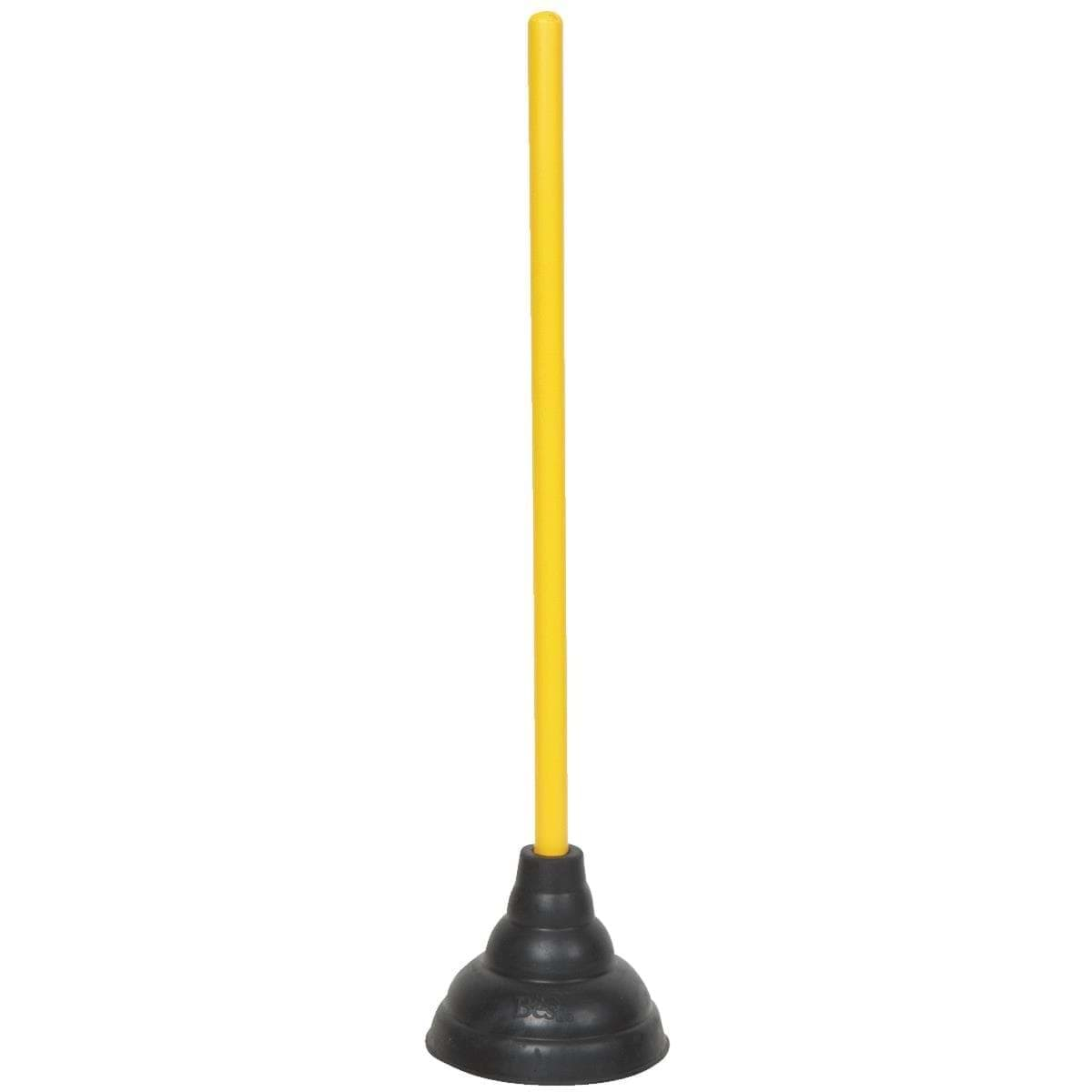
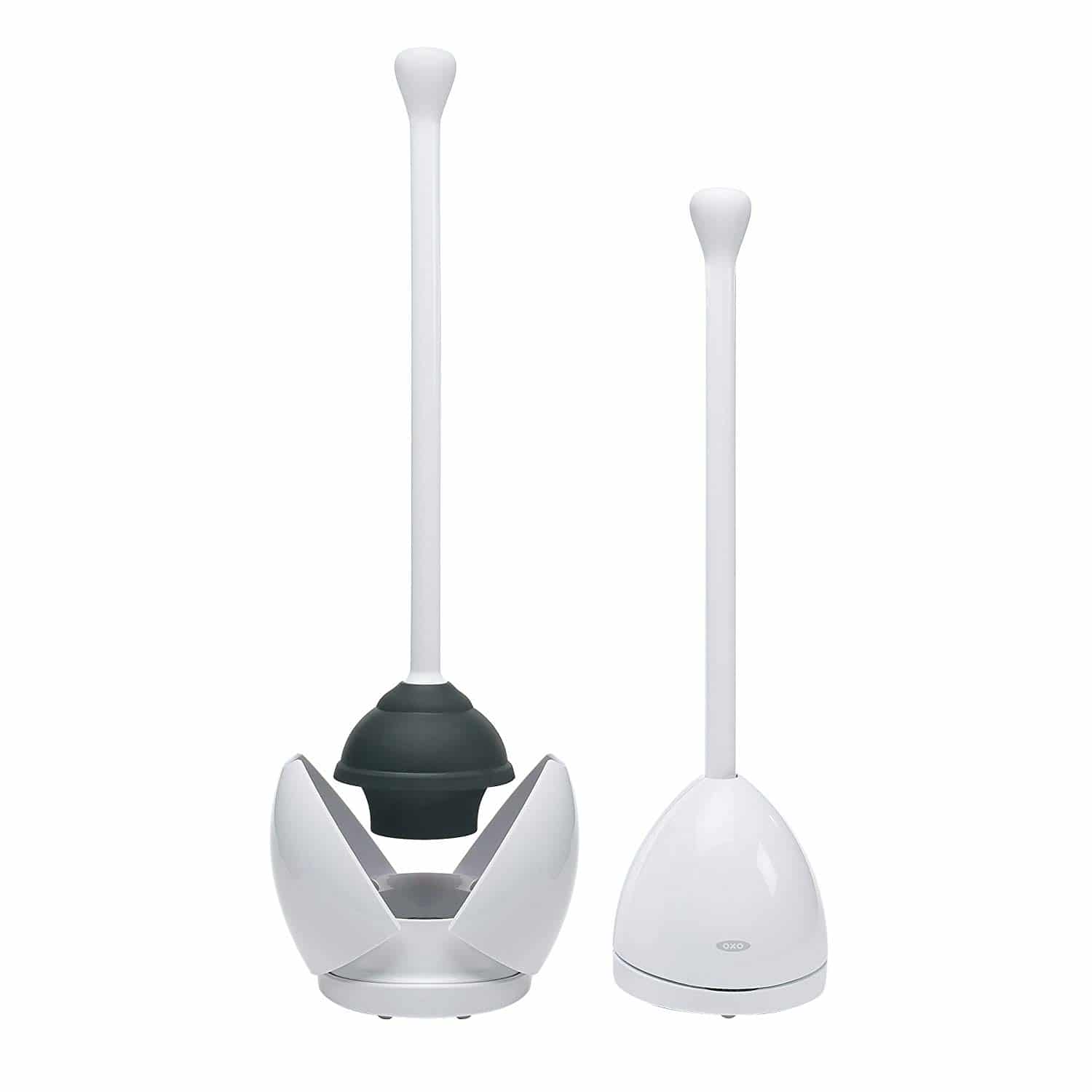

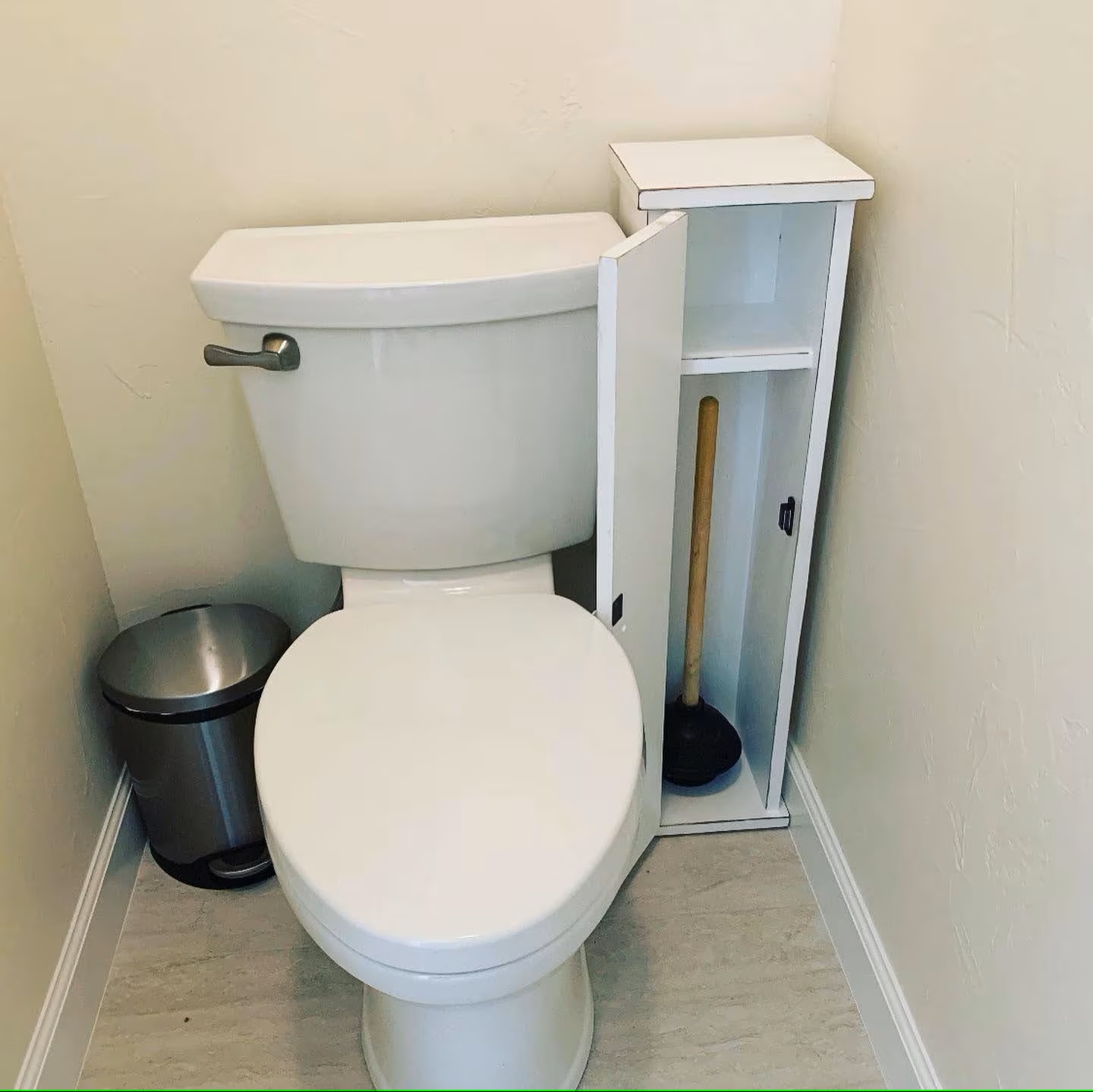
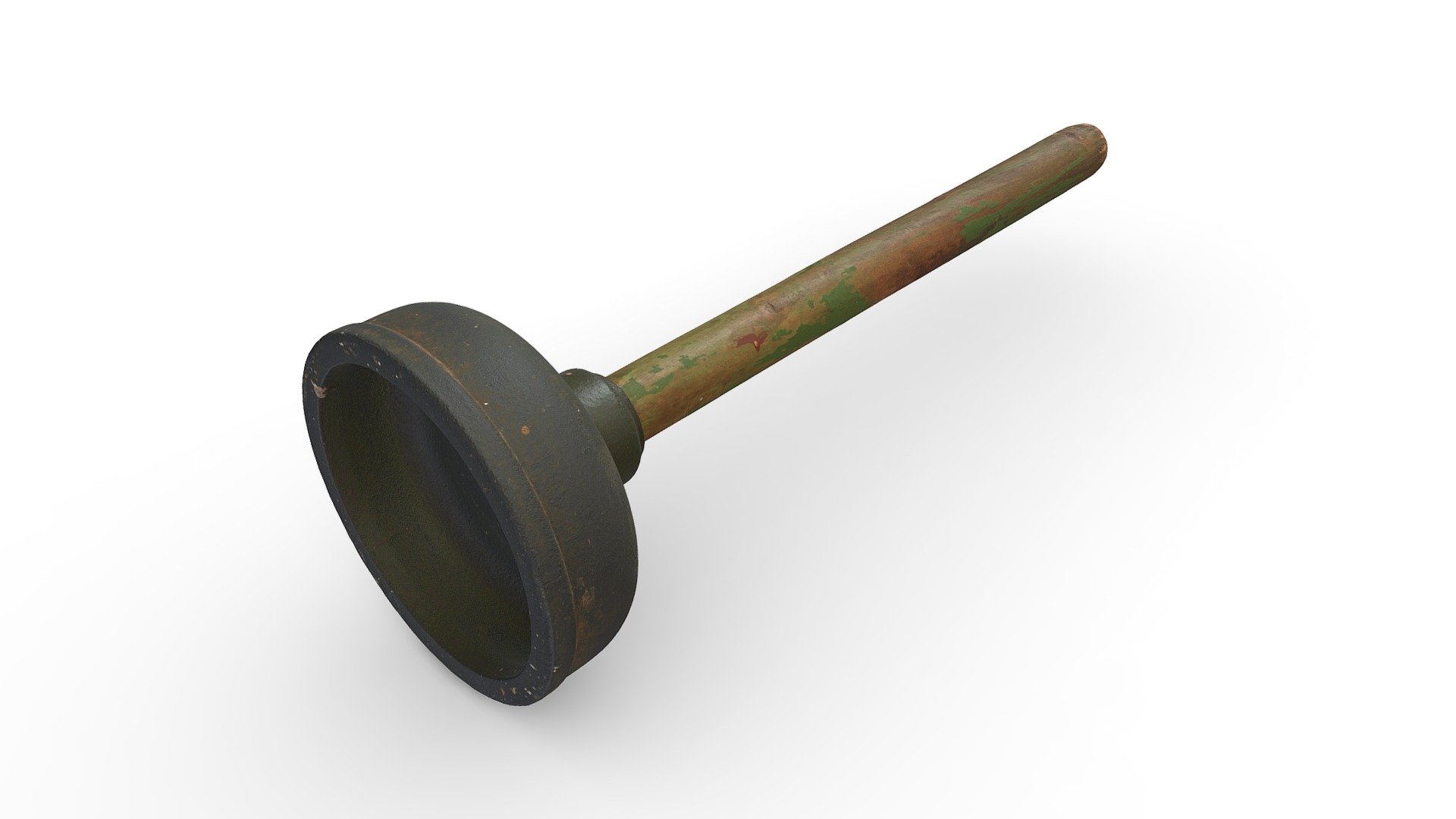
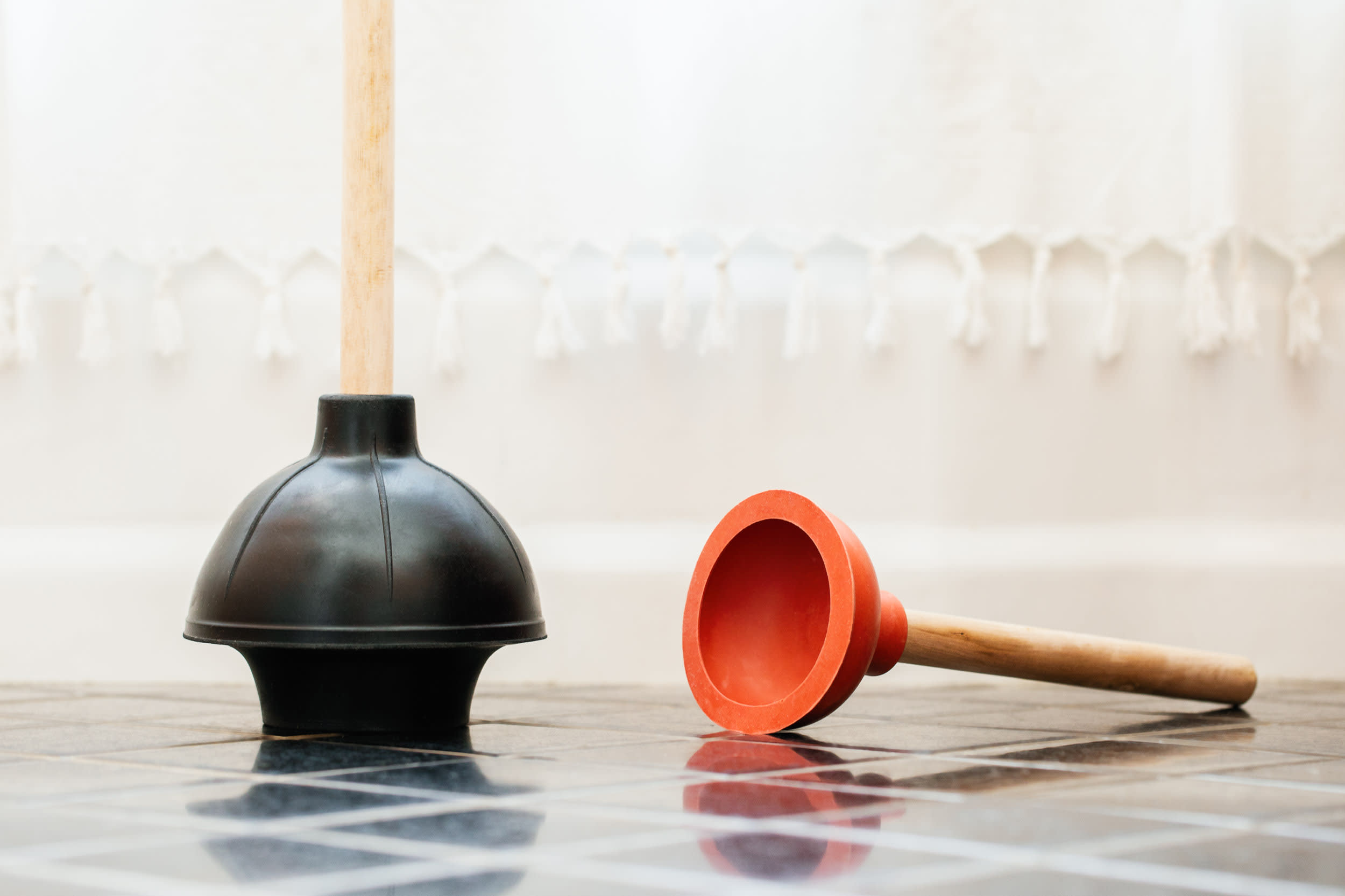
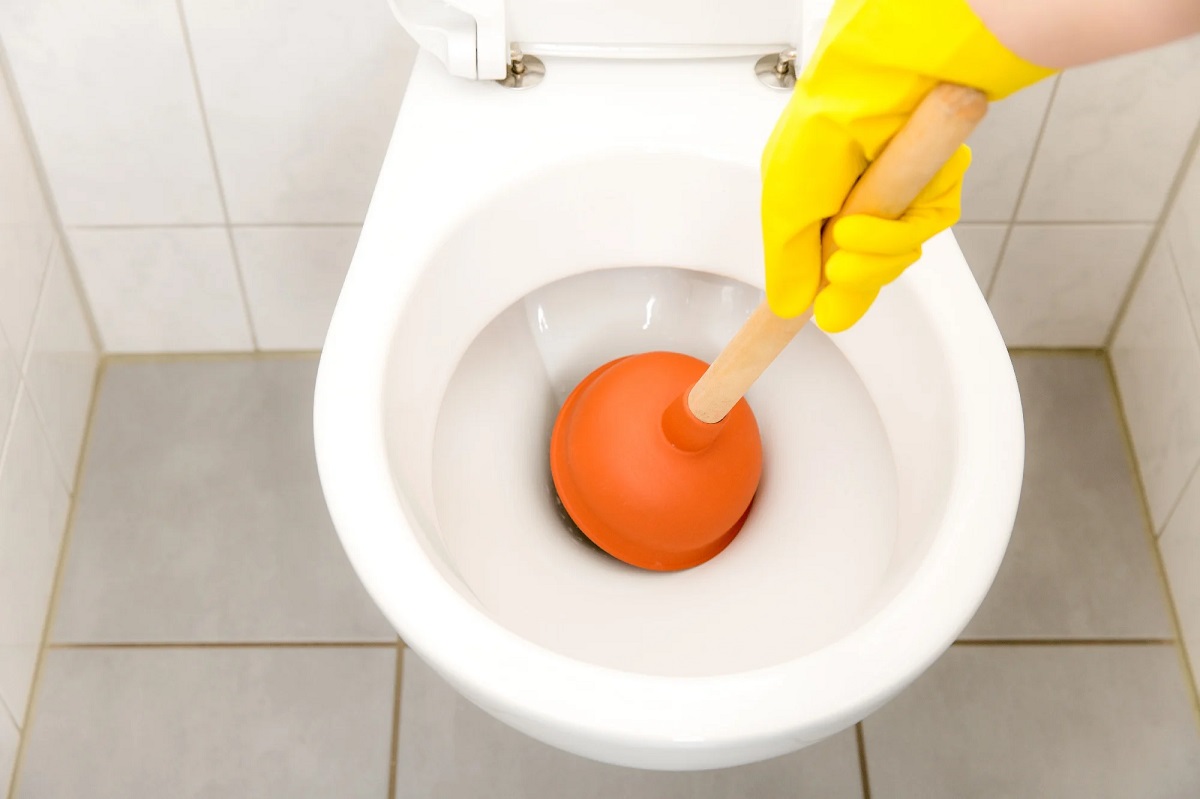
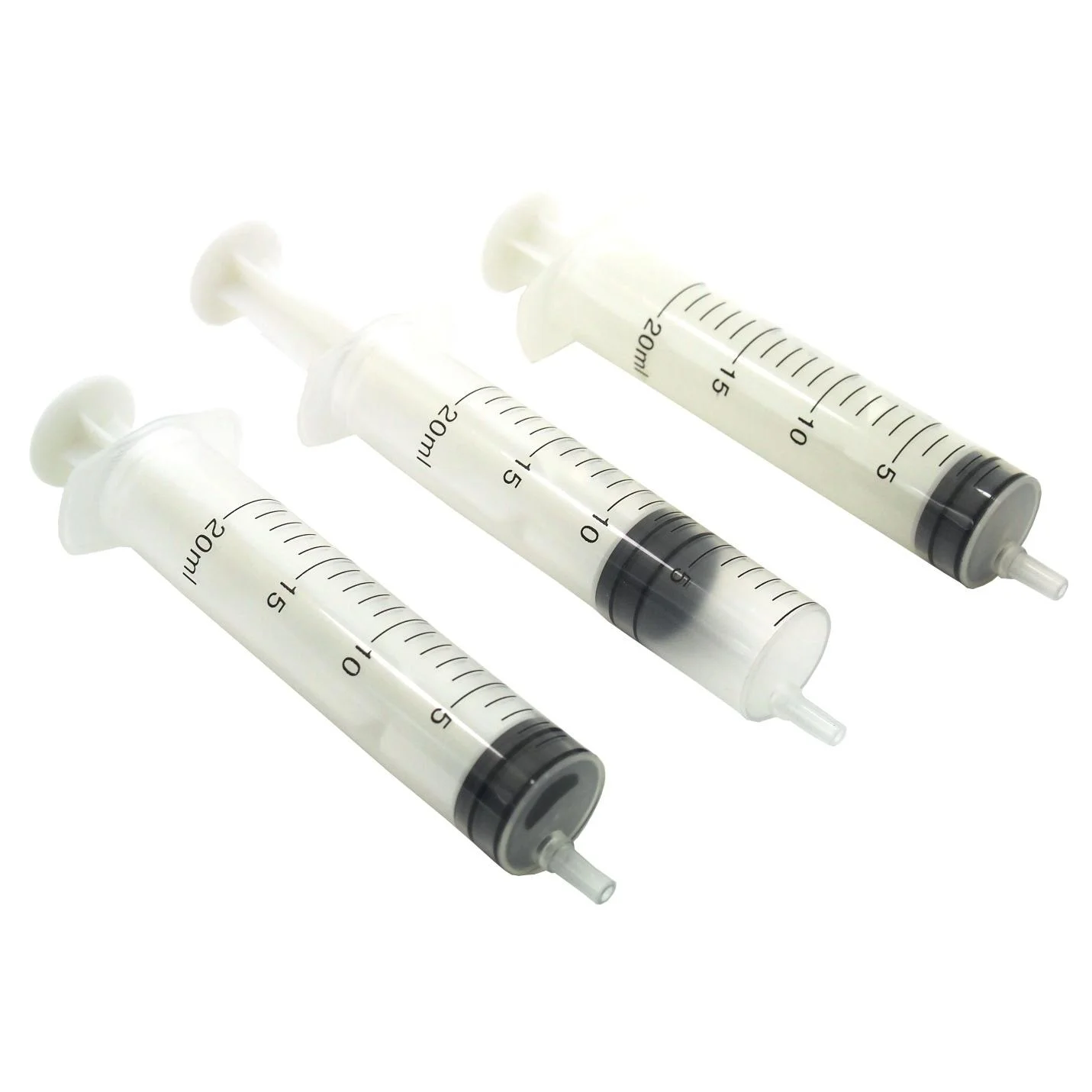
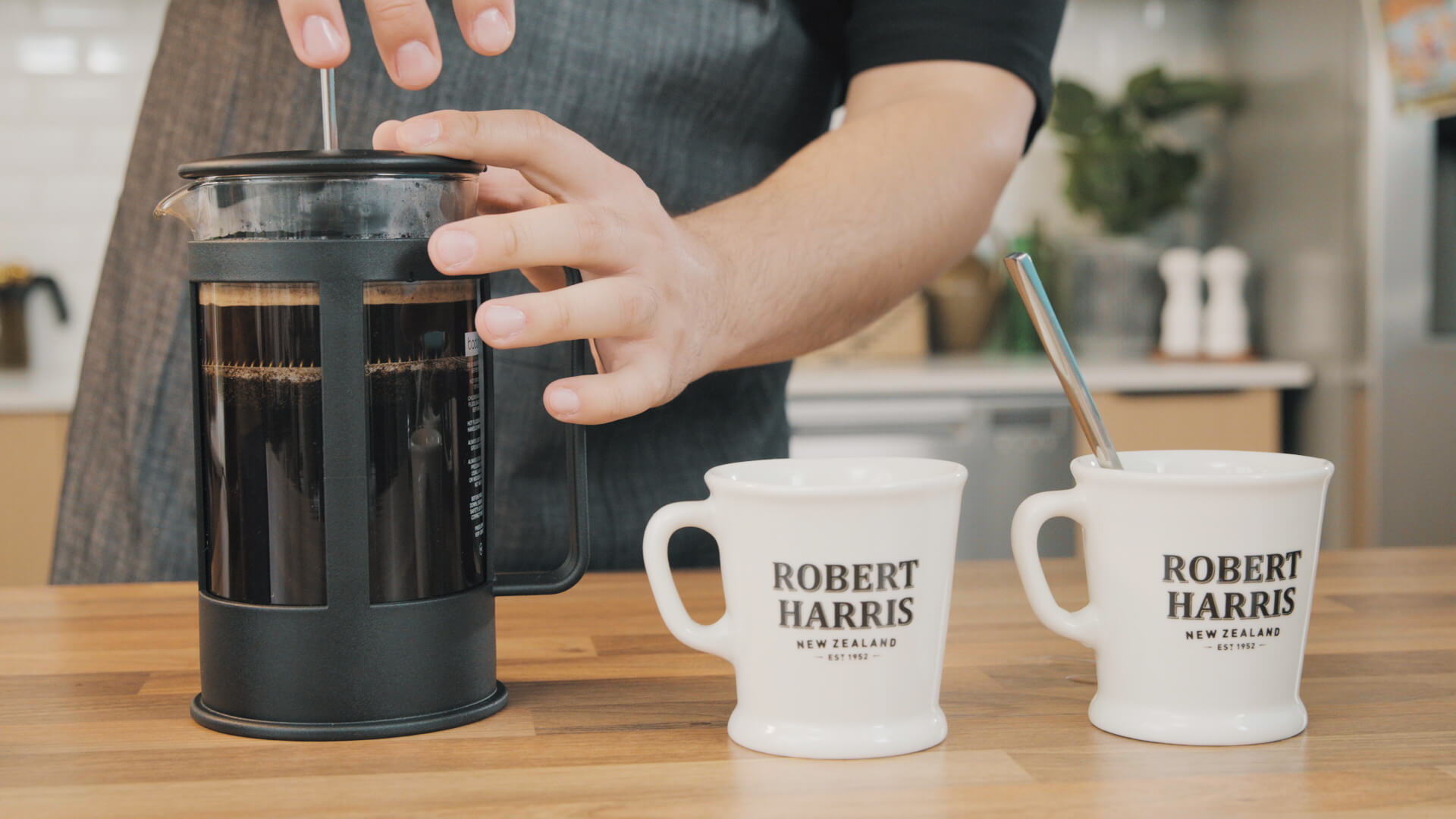
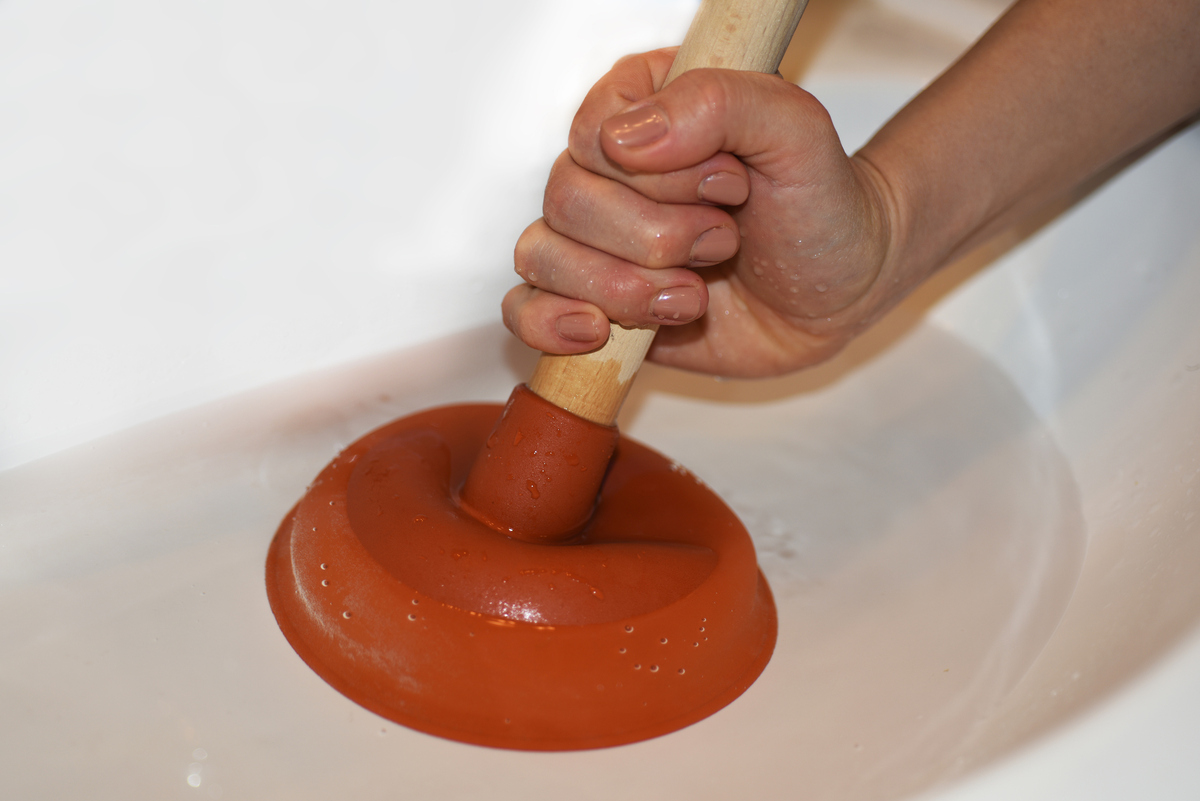
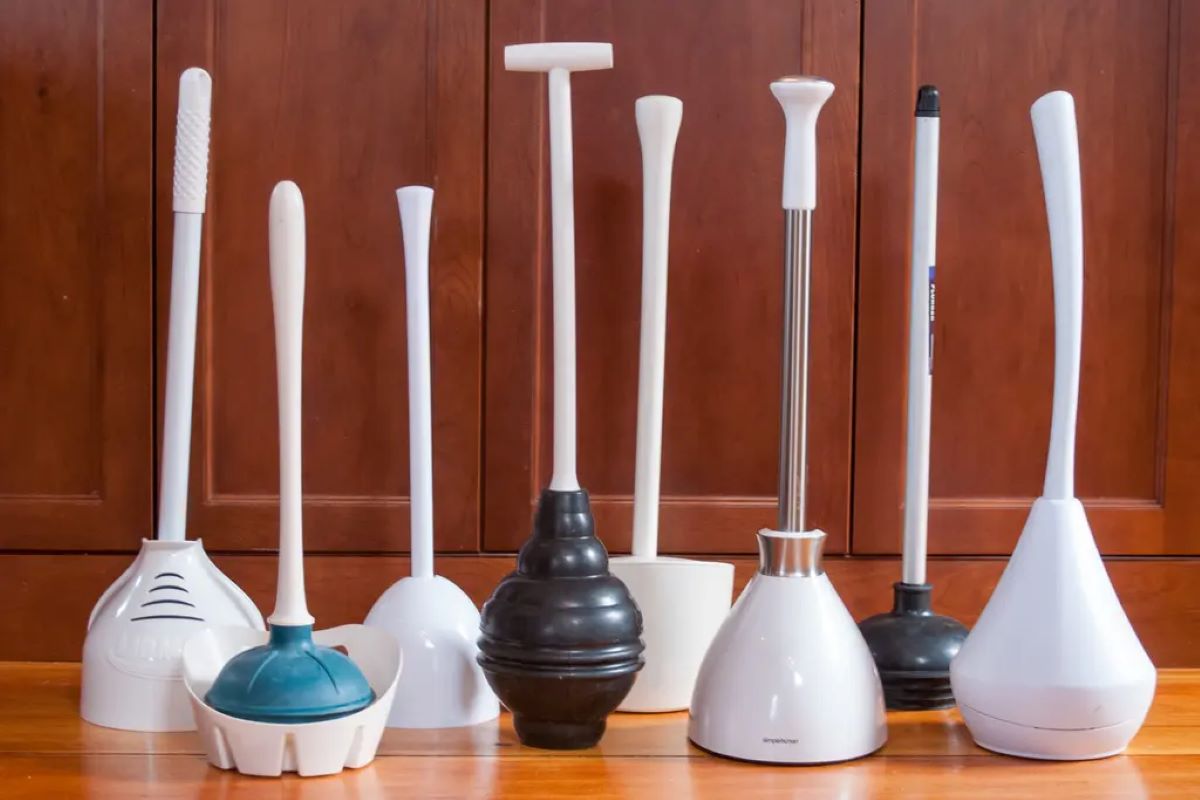
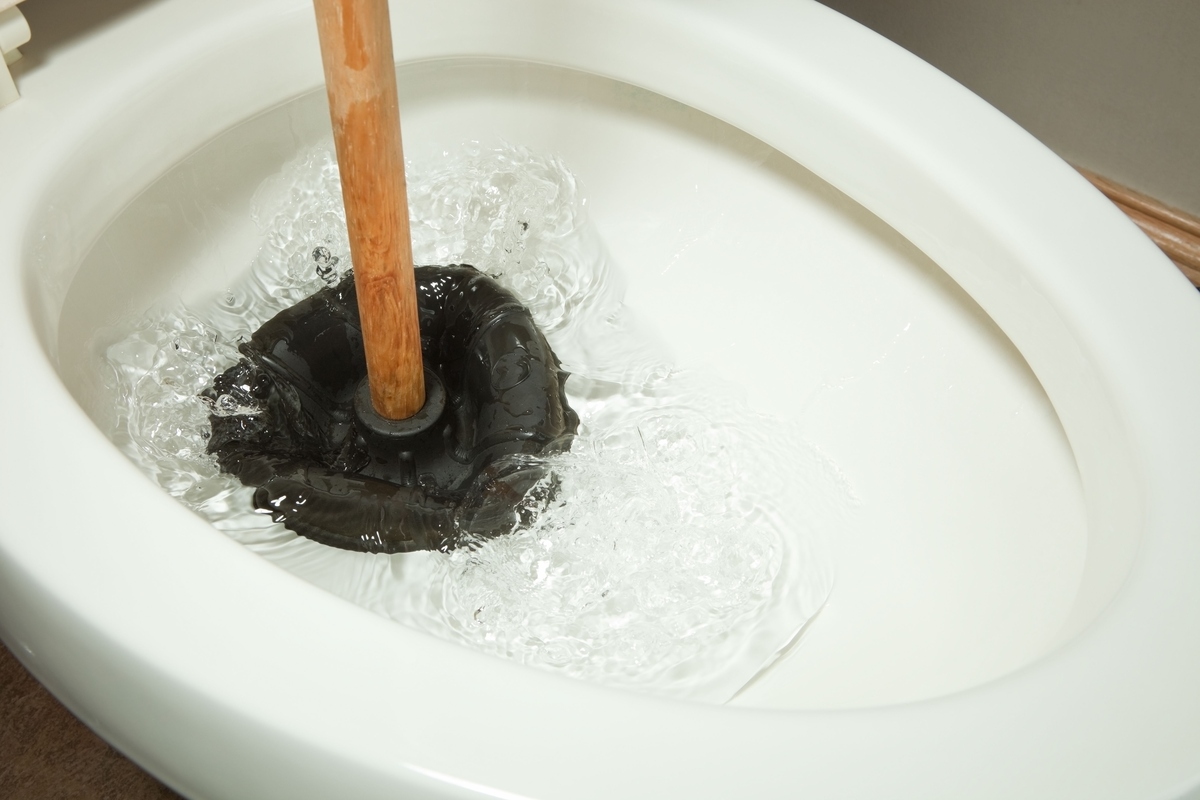
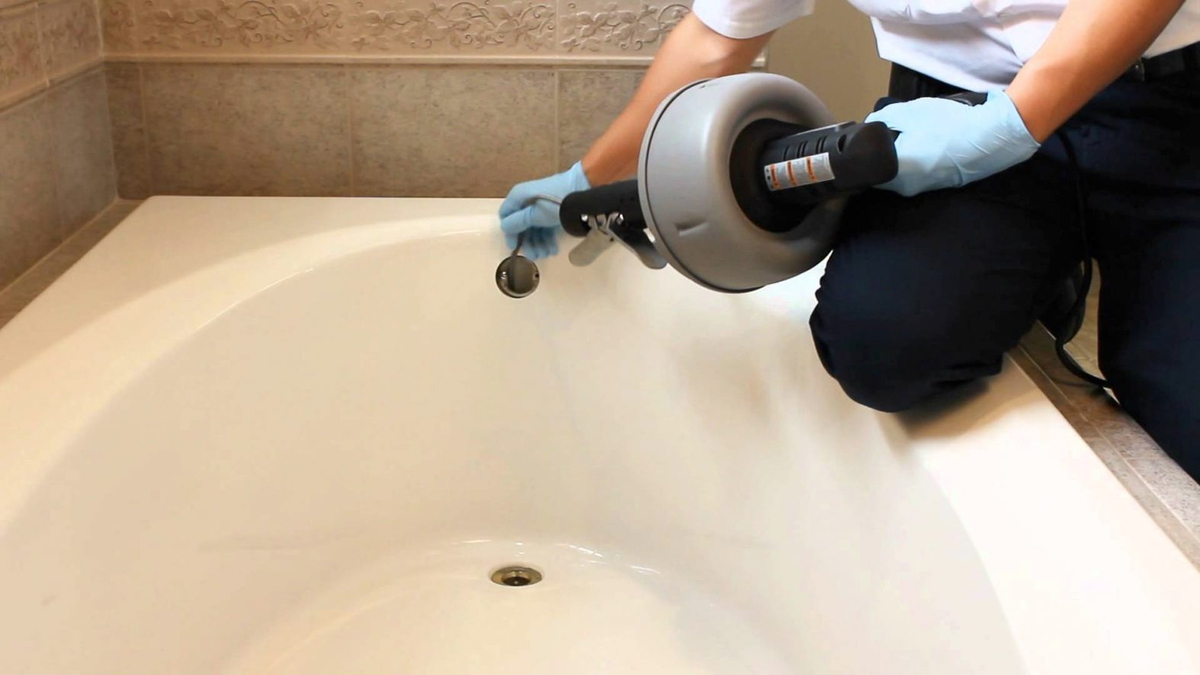

0 thoughts on “What Is A Plunger For”